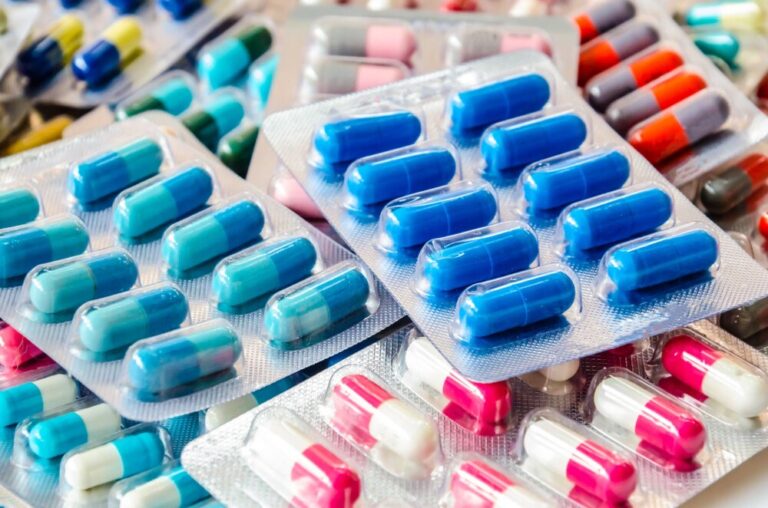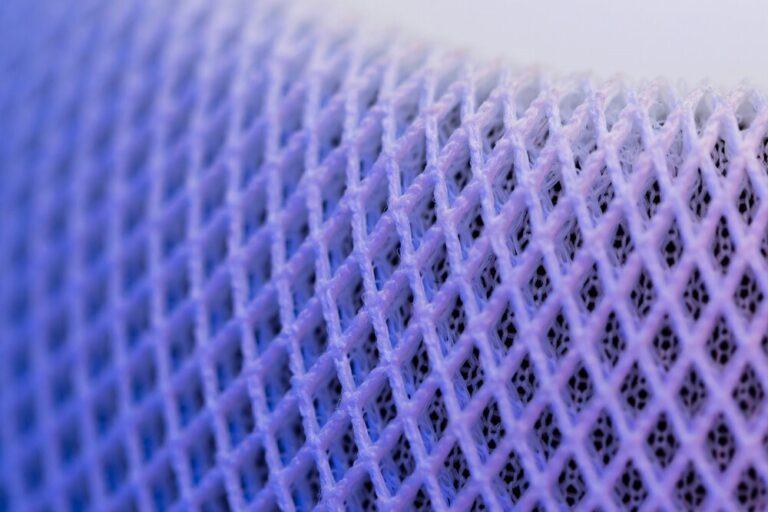Nanotechnology’s dirty little secret, according to this article, is that while using nanoscale materials may hold great promise, making these particles often comes at a high cost in terms of energy, water, or the use of toxic chemicals. James E. Hutchinson, a professor at the University of Oregon, United States, and director of the Safer Nanomaterials and Nanomanufacturing Initiative, wants to change that. Hutchinson says, for too long, nano development has been split into two groups: one developing applications, and the other working on the implications of this emerging technology on the environment and people. “The vision that we’ve had is to really enhance that feedback loop between those two groups,” Hutchison said. Hutchinson describes two examples of how to make “green chemistry” a deeper shade of green. A method developed by his students involved finding a more benign way to make gold nanoparticles – a process that traditionally requires two highly toxic gases. The students used different materials, and, in so doing, found that their process was cheaper and yielded more particles. Another way scientists can get greener is to change the way they purify nanoparticles. Purification is a key step in getting a substance that works well in a test environment. Reducing the resources used, whether it’s water or chemicals, is a positive step, he said. Furthermore, says Hutchinson, if manufacturers can avoid using any toxic elements, it is another way to avoid trouble down the line, as is developing production methods that use less energy and resources.
http://www.newhavenindependent.org/index.php/archives/entry/giving_nano_a_deeper_hue_of_green/id_36381




